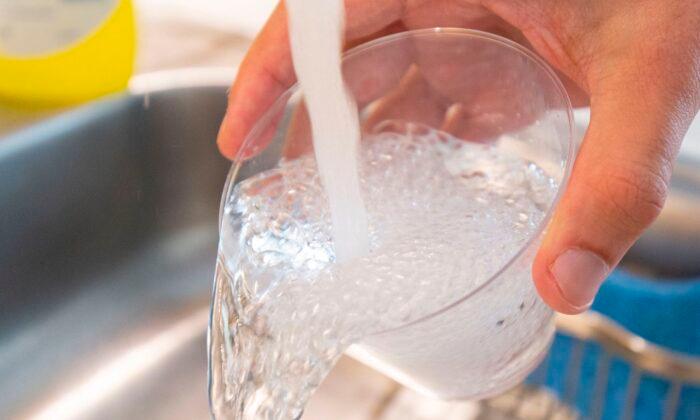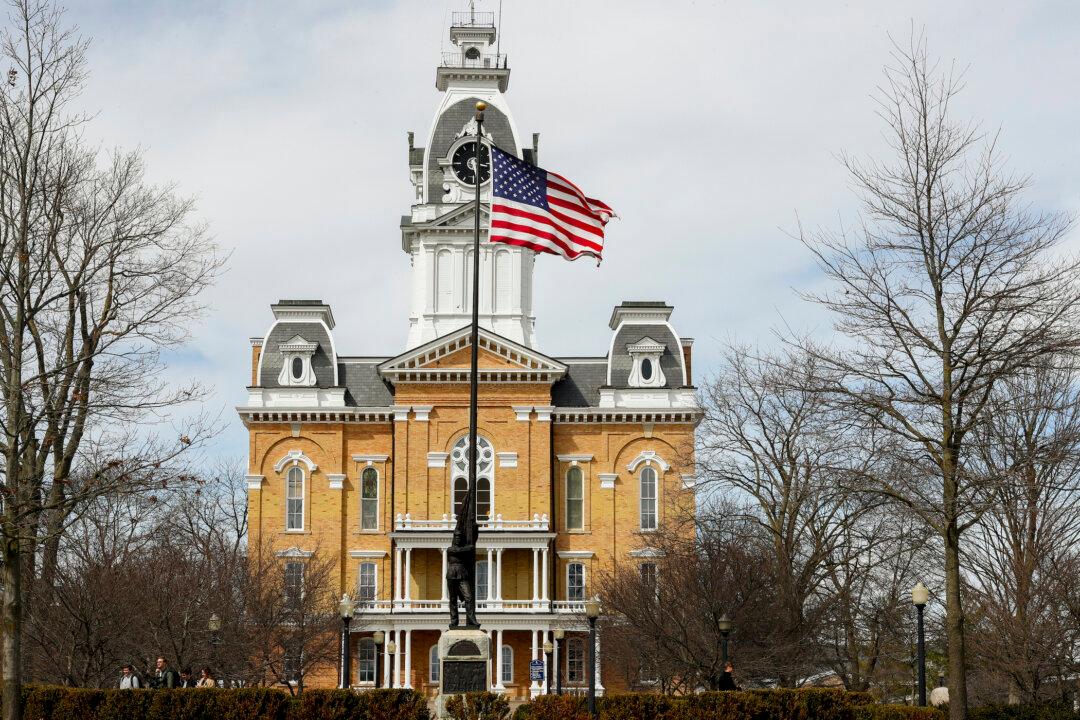First published in 2005, the database was most recently updated in 2018.
“We’re collecting testing data from almost 50,000 water utilities nationwide,” said Sydney Evans, a science analyst with EWG, in an interview with The Epoch Times.
While these chemicals were below the legal limit or, in some cases, not subject to any legal limit, EWG’s health guidelines for individual chemicals are far more stringent than current U.S. legal standards.
Although the Environmental Protection Agency’s (EPA’s) legal limit for nitrates is 10 parts per million (ppm), EWG’s health guideline limits nitrates to 0.14 parts per million.
According to Evans, even legal concentrations of contaminants may have additive or synergistic effects in combination with other pollutants, underscoring the need to reduce the legal limits of many chemicals.
“One of the biggest things is we want people to recognize is not only are they being exposed to a contaminant, but usually multiple contaminants,” said Evans, who was an author on the above-mentioned study.
“I would say there is sufficient evidence to say there are some sort of mixture effects. The part that’s up for debate is how extreme the effect is and in what mixtures,” she later added.
“The Environmental Protection Agency’s Office of Groundwater and Drinking Water has demonstrated for decades that it is utterly incapable of standing up to pressure from water utilities and polluters to protect human health from the dozens of toxic contaminants in America’s drinking water,” he added.
“When you look at the actual regulations, a lot of these were set decades ago, and have not been updated,” Evans said.
Evans couldn’t say which tap water contaminant should be of greatest concern to Americans.
“I don’t even know that it’s really possible to answer that question, because it varies so much,” she said. “There are so many factors. Which contaminants are in your drinking water? What levels are they at? How potent are those contaminants? What kind of source water are you on? How many contaminants are in your water? The list goes on and on.”
Addressing even one high-profile contaminant—lead in water—underscores just how complex these issues can be.
Incidents such as lead contamination in Flint’s water system dominated headlines for months, and the new infrastructure bill, due for President Biden’s signature on Monday, allocates $15 billion to the removal of lead service lines.
“The nation does have 6 to 10 million remaining lead service lines, but proper ‘corrosion control’ measures—already required, though not always delivered—can largely stop lead from leaching into the water,” argued VerBruggen.
“That’s hard. If there were an easy answer, we’d have already answered it,” Evans said. “I think that all kind of depends on the community. Different sources of different contaminants are going to be different in different communities.”
“You don’t want to lose sight of the fact that there is lead in tap water and it is a problem in many communities,” Evans later added.
In response to EWG’s claims about tap water, including Cook’s statements about regulatory capture of the EPA, a spokesperson for U.S. EPA told The Epoch Times that “EPA’s National Primary Drinking Water Regulations assure that public water systems are monitoring and taking actions to achieve meaningful reductions to human health risks from contaminants in accordance with the Safe Drinking Water Act (SDWA).”
“EPA follows the science-driven process required [by] law to evaluate unregulated contaminants and to review existing regulations,” the spokesperson later added.







